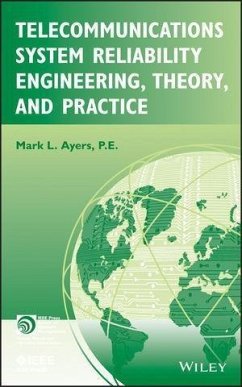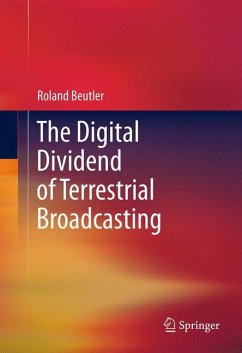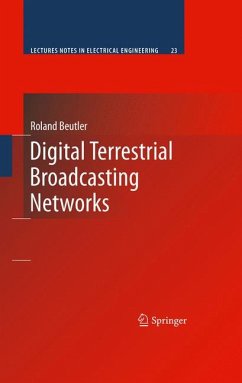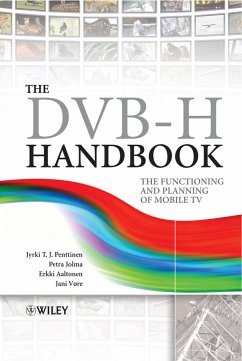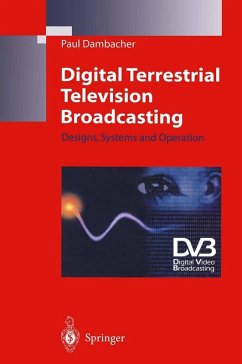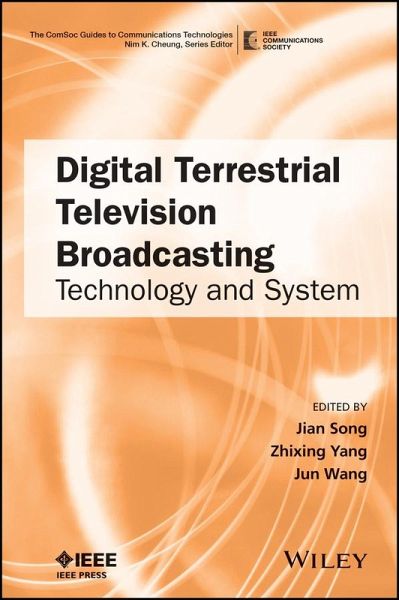
Digital Terrestrial Television Broadcasting (eBook, PDF)
Technology and System
Redaktion: Song, Jian; Wang, Jun; Yang, Zhixing
Versandkostenfrei!
Sofort per Download lieferbar
109,99 €
inkl. MwSt.
Weitere Ausgaben:

PAYBACK Punkte
0 °P sammeln!
This book covers channel coding and modulation technologies in DTTB systems from the general concepts to the detailed analysis and implementation.
- Covers the Chinese DTTB standard which was announced recently and hasn't been covered in detail
- Introduces the SFN network using the successful implementation of DTMB in Hong Kong as an example
- Introduces the latest announced systems including the ATSC M/H and DVB-NGH
Dieser Download kann aus rechtlichen Gründen nur mit Rechnungsadresse in D ausgeliefert werden.







